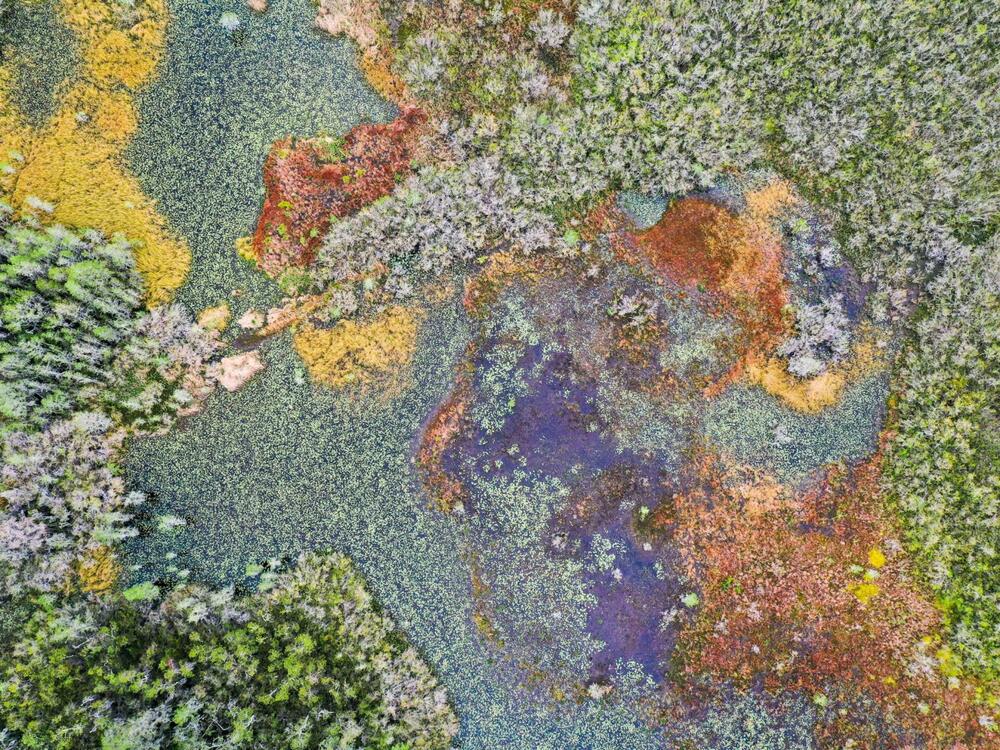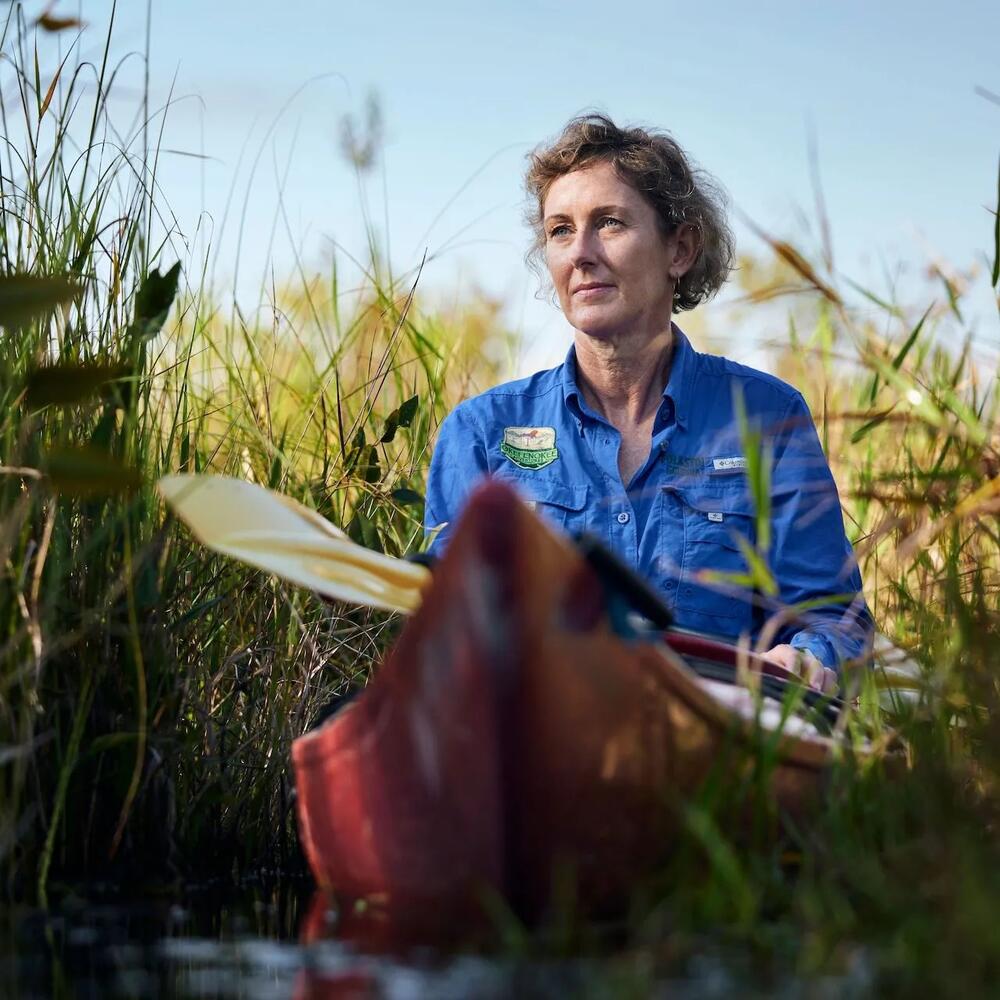
Caption
An overhead photo at the Okefenokee shows the diverse plant life and ecosystem of the swamp.
Credit: Justin Taylor/The Current

An overhead photo at the Okefenokee shows the diverse plant life and ecosystem of the swamp.
By Mary Landers — The Current
The Trump administration announced Tuesday that it will once again withdraw from the U.N. cultural agency UNESCO, stating the agency focuses on an “ideological agenda for international development at odds with our America First foreign policy.”
The decision to pull U.S. funding and participation from the United Nations Educational, Scientific and Cultural Organization comes two years after the Biden administration rejoined following a five-year absence that began during President Donald Trump’s first term, the Associated Press reports.
The planned withdrawal from UNESCO, scheduled to go into effect at the end of 2026, also comes as the Okefenokee National Wildlife Refuge advances its bid to become a UNESCO World Heritage Site.

Kim Bednarek, executive director, Okefenokee Swamp Park.
But the administration’s move doesn’t mean the Okefenokee will lose its opportunity, said Kim Bednarek, the Executive Director of the nonprofit Okefenokee Swamp Park, which is the fiscal agent on behalf of the project, and one of the principal partners, along with the Okefenokee National Wildlife Refuge and the U.S. Fish & Wildlife Service to steward the World Heritage project forward.
The Okefenokee has been on the World Heritage tentative list for more than 40 years. It was finally officially nominated in January for the prestigious list of more than 1,200 cultural and natural sites of universal importance including the Grand Canyon in Arizona, the Taj Mahal in India, the Great Wall in China, and the Galápagos Islands in Ecuador. If successful in its bid, the Okefenokee would be the first U.S. wildlife refuge to earn the designation.
Just last month Twin Pines Minerals, the company waiting for more than a year for a permit to mine near the Okefenokee Swamp, agreed to sell its land in south Georgia to the Conservation Fund for $60 million, ending the latest threat of mining near the World Heritage site nominee.
Supporters of the swamp’s bid for World Heritage status are looking to complete its designation at the World Heritage convention in the summer of 2026, months before the U.S. is set to withdraw from UNESCO, Bednarek said.
But membership in UNESCO isn’t necessary to have a country’s site elevated to the World Heritage list. That’s because the World Heritage Convention is the governing body that runs the program and responsible for the World Heritage Site designations, Bednarek said.
Participation in the World Heritage Convention does not depend on UNESCO membership. History proves that’s true. The U.S. withdrew from UNESCO twice before. But it has never withdrawn from the World Heritage Convention.
“The U.S. has had a number of World Heritage Sites be inscribed on the World Heritage list under the Reagan administration and under the first Trump administration while we were withdrawn from UNESCO,” Bednarek said. “The list is actually pretty interesting. Under the first Trump administration, the 20th-Century architecture of Frank Lloyd Wright was inscribed. And then under the Reagan administration, there were a number of inscriptions that included Yosemite National Park, the Great Smoky Mountains, and Mammoth Cave National Park.”
Bednarek said the World Heritage Site nomination has garnered bipartisan support from prominent Georgia officials, including former Gov. Sonny Perdue; Lt. Gov. Burt Jones; and U.S. Rep. Earl "Buddy" Carter, whose district includes the Okefenokee.
Bednarek and the Okefenokee Swamp Park are looking ahead to next summer.
“At this time, there’s no indication that the United States is withdrawing from the World Heritage Convention, so we’re continuing to do our work with the Department of Interior for the U.S. Fish & Wildlife Service, collaborating as appropriate and requested with the administration and moving ahead to secure the inscription of the Okefenokee.”
This story comes to GPB through a reporting partnership with The Current.